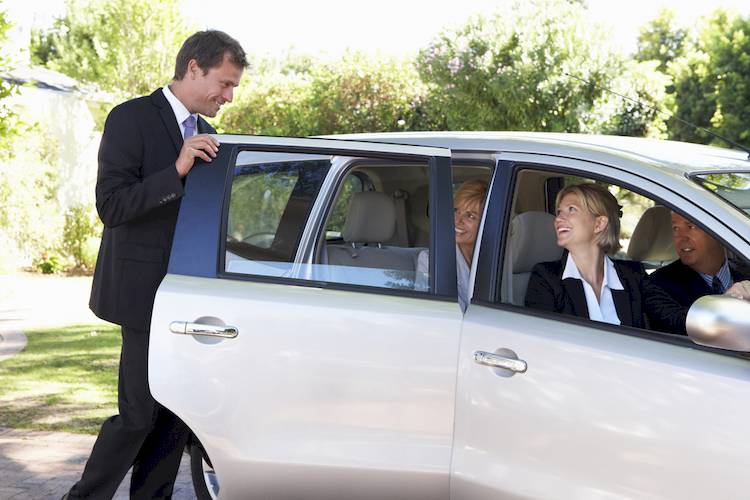

Car pool lanes are increasing in popularity all across the country, and now span more than 3,000 miles in numerous states. These lanes exist to aid carpoolers – specifically employees who are ride sharing to work together – and a large number of drivers benefit from them every day. In car pool (or HOV, for High Occupancy Vehicle) lanes, only vehicles carrying the minimum number of occupants are permitted. Most car pool lanes require a minimum of two occupants (including the driver), but in some counties and on some freeways, the minimum can be three or four. In addition to vehicles with multiple occupants, motorcycles, city buses, and emergency vehicles are allowed to drive in the car pool lane, regardless of if they only have one occupant. Some states offer a green incentive for alternative fuel vehicles (such as plug-in electric cars and gas-electric hybrids), which allows them to drive in the car pool lane with a single occupant, provided they have a permit.
Because there are relatively few carpoolers on the road, the car pool lanes are usually able to operate at a high freeway speed, even when the rest of the freeway is in stop and go traffic. This rewards drivers who choose to carpool – whether with coworkers or friends and family members – and incentivizes more drivers to ride share, which helps reduce the number of vehicles that are on the freeway. Fewer cars on the freeway means less traffic for all drivers, reduced carbon emissions, and less wear and tear on the freeway (which lowers the road repair costs for taxpayers). All things considered, car pool lanes save drivers time and money, and also benefit both the environment and the surrounding drivers.
Car pool lane laws are some of the most important rules of the road in states that have these lanes, especially because a car pool lane violation can result in an expensive ticket. And since car pool lane rules vary from state to state, you should always familiarize yourself with the lane laws when you’re travelling.
Are there car pool lanes in Nebraska?
Despite the rising popularity of car pool lanes, there are currently none of them on Nebraska’s freeways. Part of the reason for this is because Nebraska is a relatively rural state, with no cities of more than 500,000 people. Even though Omaha, Lincoln, and Des Moines all experience a large amount of commuter traffic on a daily basis, neither of these cities experiences enough rush hour traffic to make car pool lanes absolutely necessary, as it is in some larger metropolitan areas.
The main reason for Nebraska’s lack of car pool lanes, however, is that the state’s major freeways were constructed before car pool lanes became popular, and the freeways thus do not accommodate car pool lanes. In order to add car pool lanes to the state’s freeways, all-access lanes would have to be converted to car pool lanes (which would add lots of congestion for drivers who are not carpooling), or additional lanes would have to be built (which would cost millions of dollars in construction).
Will there be car pool lanes in Michigan anytime soon?
While car pool lanes would certainly benefit Nebraska drivers, there are currently no plans to add them to the state’s freeways. There are conflicting opinions from both state officials and residents as to whether the implementation of car pool lanes would be beneficial to drivers or not, and currently no consensus has been reached one way or the other.
However, the next time the state decides to renovate one of Nebraska’s major freeways, the topic of car pool lanes will surely be brought up. There is a constant discussion on ways to improve traveling efficiency within the state, and car pool lanes seem like a reasonable solution should any of the freeways undergo construction or repair. So, if you’re someone who likes to carpool on the way to work, be sure to keep your eye open in case car pool lanes are added in Nebraska.
Nebraska residents may have to wait a while for car pool lanes, but in the interim they can familiarize themselves with the state’s basic driving rules and laws, so that they can be the safest and best drivers possible.



